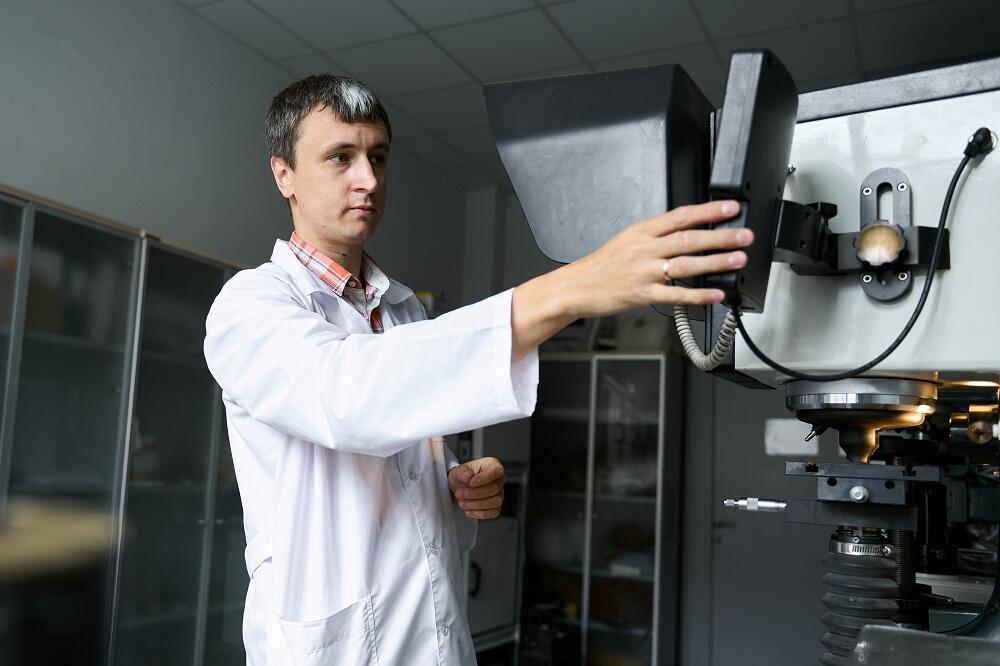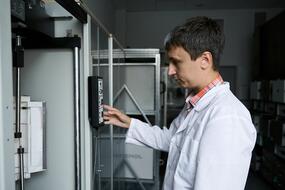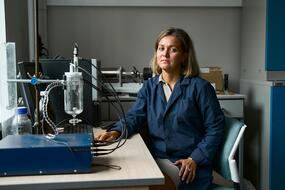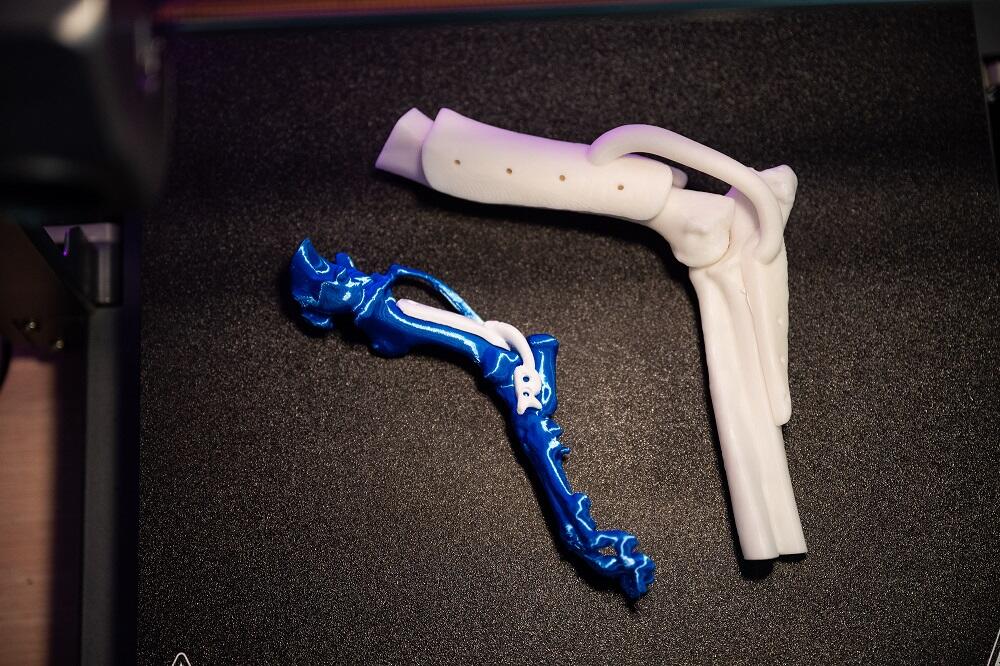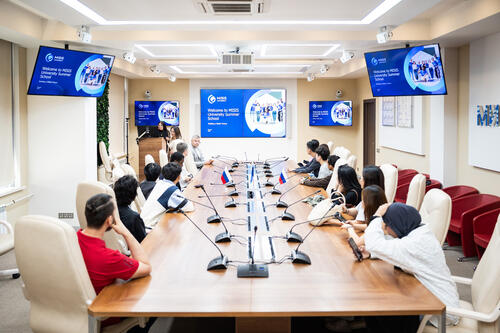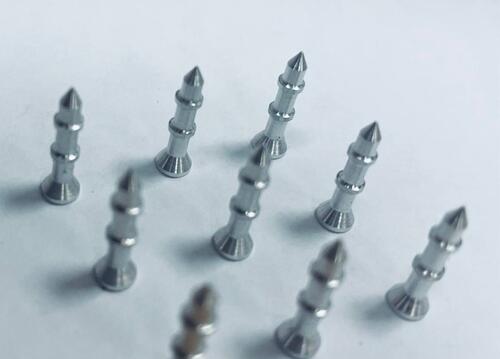At NUST MISIS, a multi-component alloy has been developed that boasts high strength, corrosion resistance, and casting properties, making it promising for use in extreme temperature conditions, aerospace and automotive industries, as well as construction engineering. Researchers have combined the advantages of various groups of aluminum alloys into one material.
Aluminum alloys are versatile for application across different industrial sectors due to their properties. Three groups of alloys are particularly popular: the first one includes those with additions of silicon, copper, and magnesium, which produce high-quality, defect-free castings; the second group consists of alloys with copper and magnesium; and the third one comprises high-strength alloys containing copper, magnesium, and zinc. The latter group has some drawbacks: they are sensitive to high temperatures and aggressive external environments, and they are prone to defects when creating parts by pouring molten metal into molds.
“To enhance the characteristics of the alloys, special additives are used that can improve the materials’ ability to be easily cast into the desired shape while maintaining their properties at high temperatures. Such additives can include so-called eutectic forming elements, which reduce the tendency to form cracks in the products during their production and increase heat resistance,” said Maria Glavatskikh, a junior researcher at the “Ultrafine-grained Metallic Materials” laboratory and a graduate student in the Department of Physical Metallurgy of Non-Ferrous Metals at NUST MISIS.
The researchers have developed a new material — a crossover alloy, which combines three alloys from the previously described groups, along with the addition of yttrium or erbium as eutectic forming elements and nano-reinforcements. The alloy retains high strength at 200°C and exhibits corrosion resistance. Detailed results are described in the scientific journal Metals (Q1).
“The developments by scientists from MISIS University, a leading institution in materials science in Russia, have gained wide recognition and are actively applied in various industries. A team of researchers led by Associate Professor of the Department of Physical Metallurgy of Non-Ferrous Metals, PhD, Andrey Pozdniakov, has created a multi-component aluminum alloy that will be in demand in high-tech and knowledge-intensive fields such as aerospace, automotive, and others,” said Alevtina Chernikova, Rector of NUST MISIS.
The research is based on the work of the professors of NUST MISIS Vadim Zolotorevsky and Nikolay Belov, as well as modern studies of the department on adding rare earth metals to aluminum alloys.
“The integration of these ideas allowed us to create an alloy that combines all the most important operational characteristics: corrosion resistance, casting properties, and strength, even under high-temperature conditions. The new alloys can have broad applications across many industrial sectors,” added Andrey Pozdnyakov, PhD, Associate Professor of the Department of Physical Metallurgy of Non-Ferrous Metals at NUST MISIS.
The work was supported by the Russian Science Foundation (project No.
